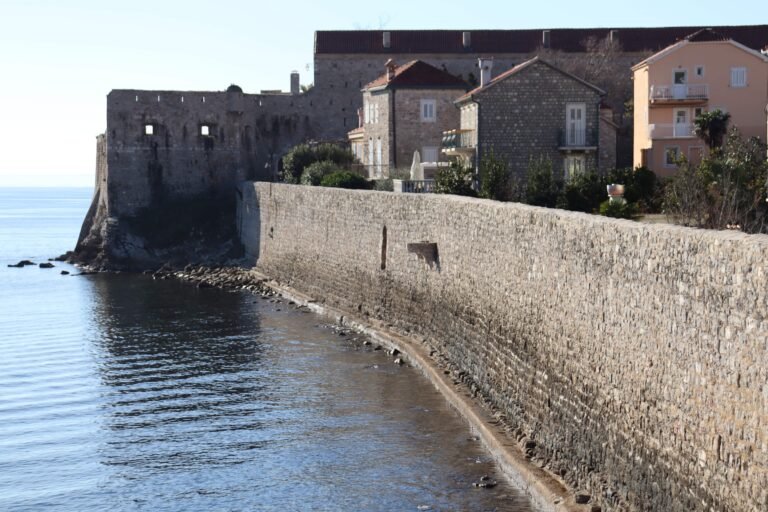Santa Maria in punta locirana je na krajnjem jugozapadu najstarijeg dijela grada, u blizini gradskih bedema na morskoj hridi i čini jednu od najreprezentativnijih građevina Starog grada. Njena izgradnja započeta je tokom IX vijeka, u vrijeme kada teritorije budvanskog primorja počinju da naseljavaju članovi misionarskog reda svetog Benedikta.
Crkva je sa zapadne strane prislonjena uz srednjovjekovni bedem, sa vidnim završenim zupcima, a sa južne strane uz kulu. Osim što je predstavljala značajnu arhitektonsku i ambijentalnu cjelinu Starog grada, ona je takođe postala značajno stjecište marijanskog kulta.
U toku istraživanja pronađena je i ploča naknadno ugrađena u crkvu, sa uklesanim natpisom i godinom 840. o čijoj tačnosti i vjerodostojnosti se još uvijek polemiše.
Ipak, poznato je da se u ovom zdanju radilo na prosvjećivanju lokalnog stanovništva, prepisivanju antičkih spisa grčkih i latinskih pisaca, kao i izučavanju kulture autohtonog stanovništva. Brojne legende o izgradnji crkve pominju čudotvornu ikonu Velike Panagije koja je, prema istorijskim zapisima, četiri vijeka boravila u apsidi crkve Svete Marije, nakon čega je 1805. prenesena u crkvu Svetog Ivana Krstitelja, gdje se nalazi i danas.
Nažalost, usljed mnogobrojnih rušenja i obnavljanja ove građevine, ne može se govoriti o jedinstvenom ustaljenom tipu crkve. Specifičnost arhitekture ovog sakralnog objekta ogleda se u bogatstvu različitih stilova koji svjedoče o njenoj viševjekovnoj tradiciji. Pored romaničkog arhitektonskog sklopa sa gotičkim uticajima, na građevini se mogu sagledati i barokni elementi na kamenoj plastici koji daju sveukupni istorijski i umjetnički kvalitet ovom jedinstvenom primjeru visokog stepena graditeljske i zanatske vrijednosti.




